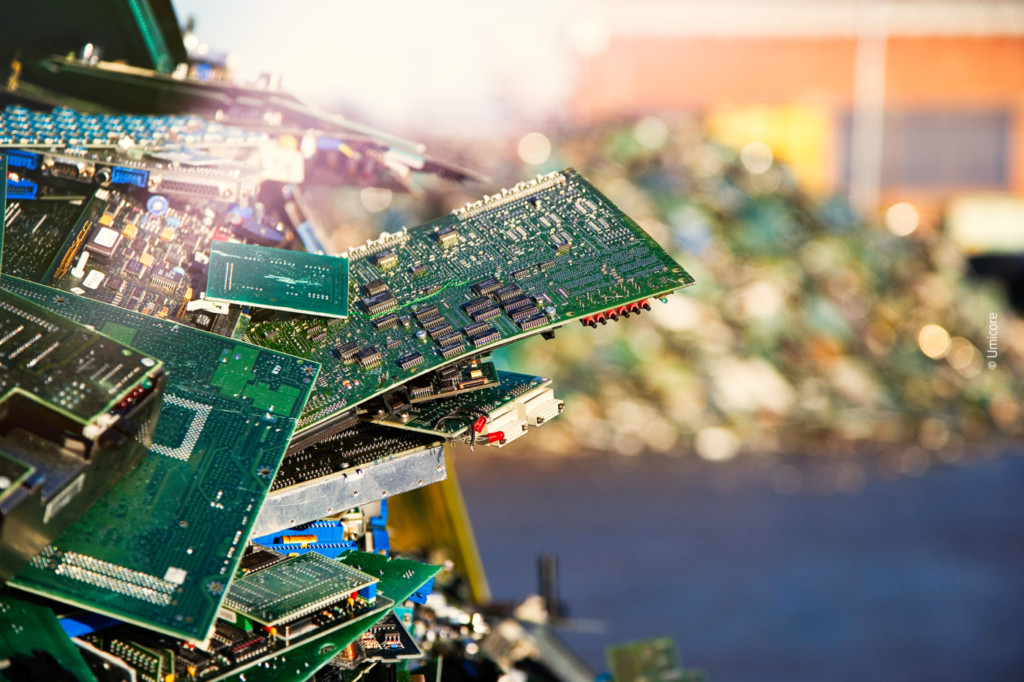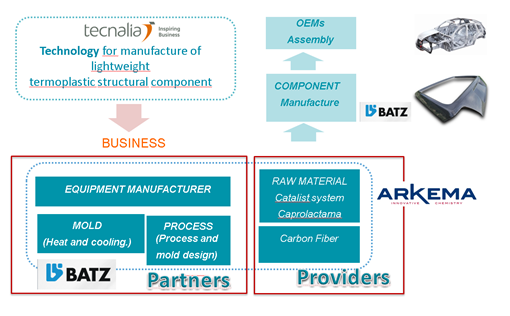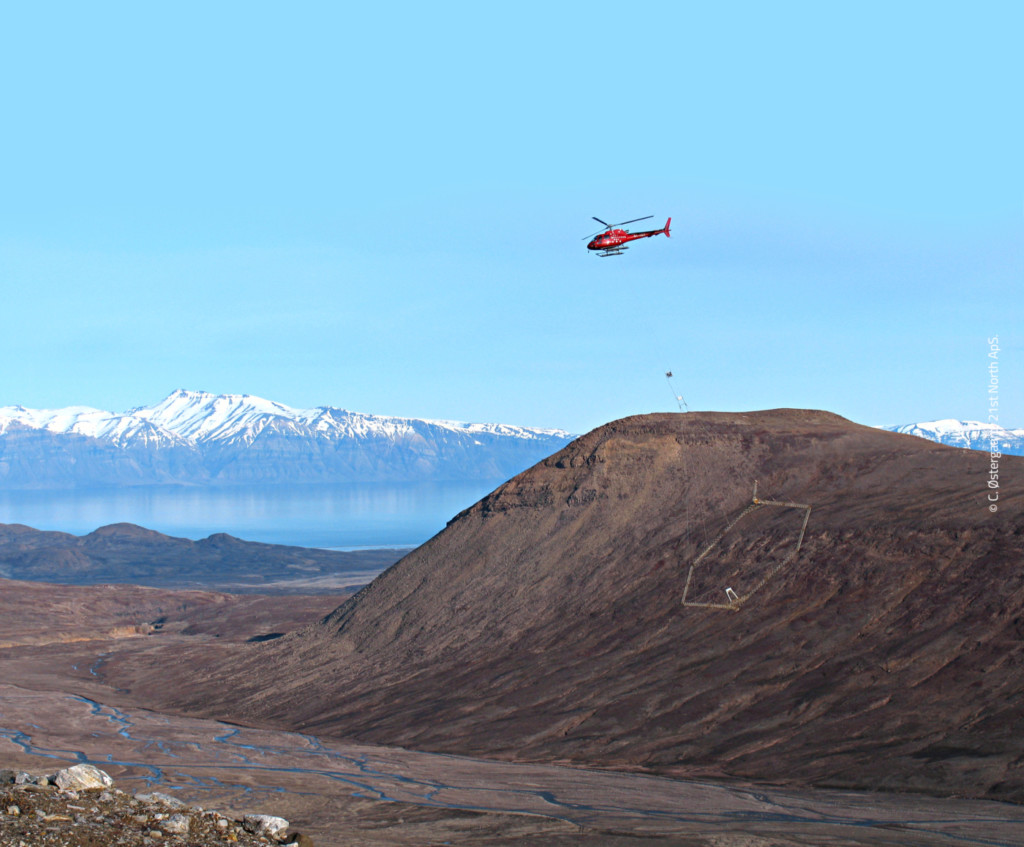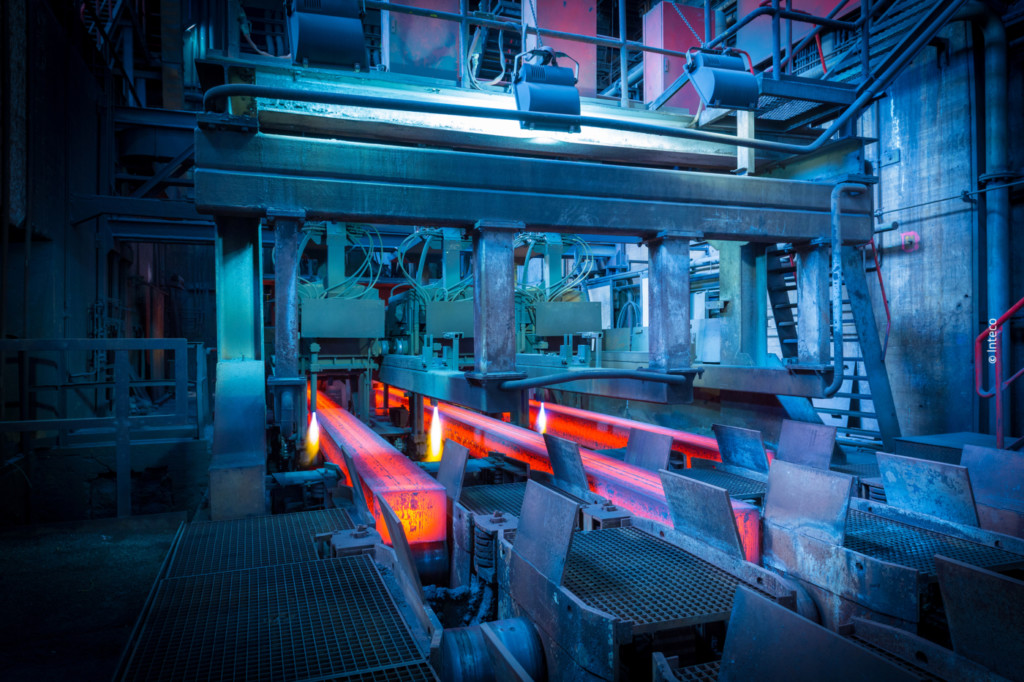Objective:
C-BOOT is a coaching programme to support aspiring circular entrepreneurs with the development of a solid business pitch ready for further support in the EIT-RM Start-up acceleration programme. The programme targets a broad range of students and professionals with initial ideas focused on the CE’s inner circles, and takes them on a journey of three exploration trips, consisting of learning activities, site visits and coaching.
The solution (technology):
C-BOOT is an international coaching program that helps aspiring entrepreneurs with identifying and sharpening their circular business idea. The programme targets master and PhD students, young graduates, professionals and entrepreneurs with some prior knowledge on circular economy concepts (e.g. acquired during one of the existing circular economy related MOOCs or summer schools), but especially a demonstrated interest in setting up a circular business. After the C-BOOT programme, participants will have a clear circular business pitch on which they can build a start-up, as well as having the skills to engage in a start-up endeavour. With this experience, they should be able to be accepted into existing start-up incubator or accelerator programmes, such as the EIT RawMaterials start-up acceleration programme.
The programme consists of a series of brief, focused bootcamps in Belgium, Sweden and Italy, during which participants will receive a mix of education, coaching and inspirational activities. Using different educational formats and coaching approaches, participants will spot circular business innovation opportunities, and start building a business concept to capture those opportunities. The programme uses a societal and customer need driven perspective (as opposed to the technology or solution-driven perspectives commonly used) to identify solutions for the inner circles of the circular economy that create added value for customers and for society as a whole.
Partners:
Vlaamse Instelling voor Technologisch Onderzoek NV (VITO), Belgium (Lead Partner)
Lund University, Sweden
Università degli Studi di Trento, Italy
For more information, please visit the project website.





